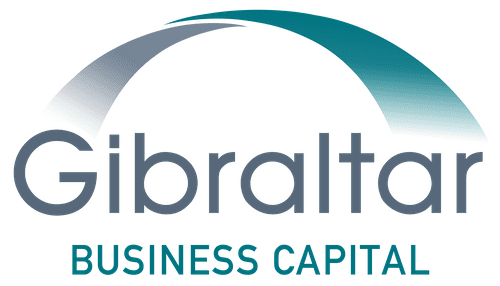Creating a 13-week cash flow model helps a variety of businesses identify strategic growth opportunities or uncover information about operational areas that may be in distress. Focusing only on weekly forecasts can prevent companies from recognizing critical problems until it is too late to take corrective actions. In almost all cases, companies that invest the time into creating a 13-week cash flow model find the insights incredibly useful for business planning and wished they had conducted the analysis sooner.
What is a 13-week cash flow model?
A cash flow model, like an income statement, is a universally recognized tool that provides a detailed picture of a company’s assets, investments, debts, income and expenditures. Typically, companies choose a 13-week model because it encompasses an entire quarter and allows for realistic time for planning and decision making in today’s dynamic world. Effective modeling tools leverage simple, straightforward inputs – many times excel-based – to calculate future cash flows.
The goal of cash flow modelling is to provide a forecast that enables business owners to make the most effective, efficient, and appropriate use of available capital. It is important to note that a cash flow model is only as good as the information available at the time it is created. In order to remain relevant and useful, it must be kept updated as changes occur within an organization.
Why is cash flow modeling important?
Whether a business is thriving or weathering a seasonal downturn, a 13-week cash flow model can be useful on a variety of fronts. Even Fortune 500 companies that seemingly don’t have cash flow issues, use tools like this.
Preparing forecasting encourages businesses to look at how quickly customers are paying their debts. This allows them to spot problems with customer payments before they become critical issues. A 13-week cash flow model helps companies make sure they have enough working capital to pay suppliers and employees. Suppliers who don’t get paid will soon stop supplying the business, and even greater troubles may present themselves if employees are not paid on time.
Some companies are able to survive without accurate cash-flow analysis for months or even years, but lack of insight could amplify issues, particularly unforeseen challenges such as flat sales, a seasonal spike in payroll, or an unexpected capital expense. A reliable forecast can enable businesses to respond quickly and confidently.
How we can help
Gibraltar can connect you to a professional to coach you through the modeling process and provide an excel-based modeling tool.
The tool and coaching can help with:
- Forecasting revenue
- Tying revenue to collections
- Forecasting staffing and expenses
- Tying expenses to disbursements
- Determining the timing difference between receipts and disbursements
- Measuring the liquidity gap from timing differences
- Determining how much liquidity is needed to cover these gaps
Reach out today if you’d like to learn more.


